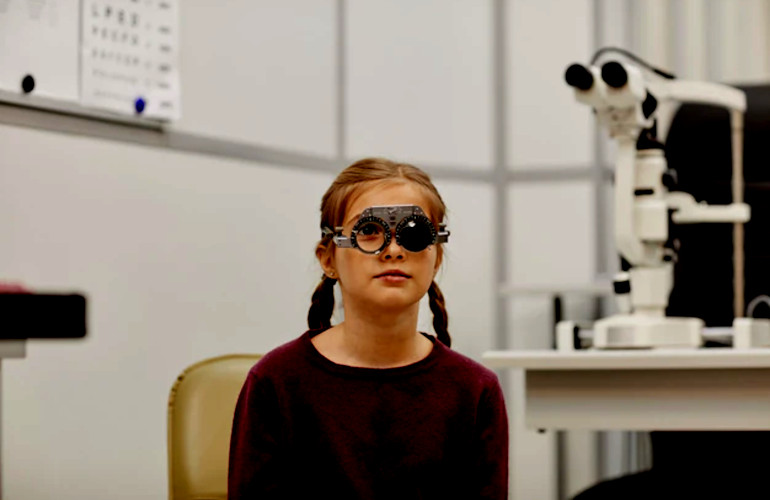
What is Pediatric Ophthalmology?
Children experience a variety of eye problems, many quite distinct from adult eye diseases. Pediatric ophthalmologists are specially trained to manage the following disorders:

